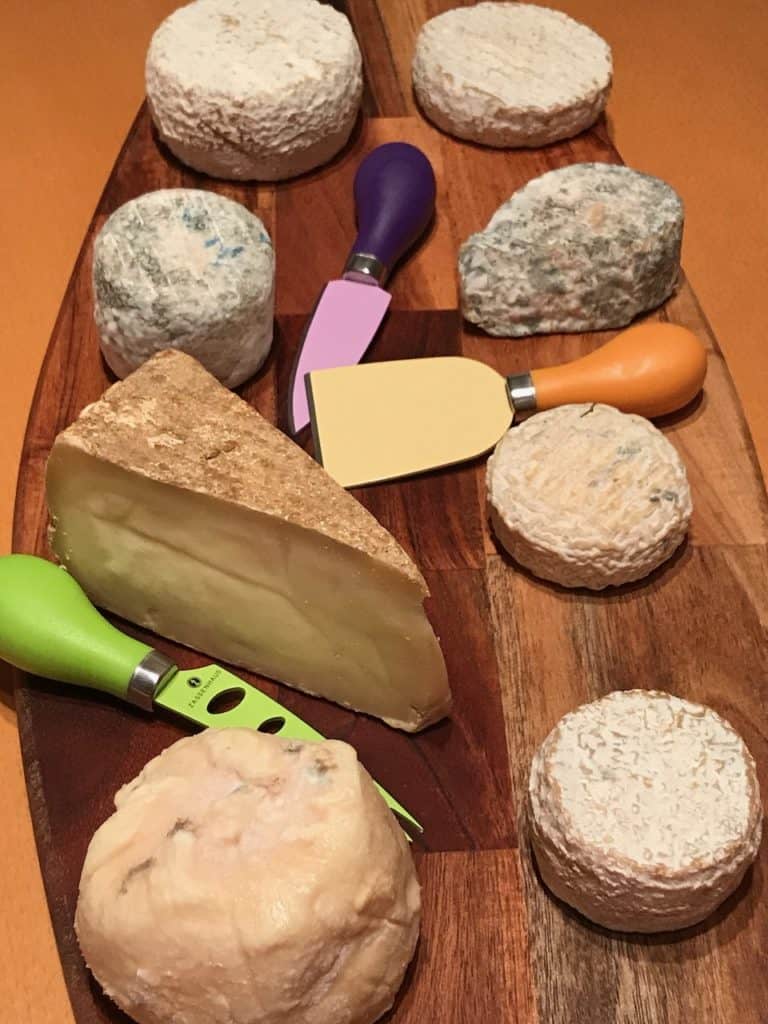Be my Valentine

Valentine’s Day is a holiday that is celebrated annually on February 14th. Its history is shrouded in mystery, with various theories about its origins. One of the most popular theories is that it originated from ancient Roman celebrations of Lupercalia, a festival of love and fertility held in mid-February.
Valentine as we know it today
However, the holiday as we know it today is largely associated with Saint Valentine. He was a Catholic priest who lived in the third century. According to legend, he defied the orders of the Roman emperor Claudius II, who had banned marriages in an attempt to increase the number of single men available for military service. Saint Valentine continued to perform marriages in secret, and was eventually imprisoned and sentenced to death for his defiance.
The Catholic Church honoured Saint Valentine as a martyr, and the holiday of Saint Valentine’s Day was established in his memory. Over time, the holiday evolved into a celebration of love and romance, and people began to exchange gifts and cards to express their affection for one another.
In the Middle Ages, the tradition of sending love letters on Valentine’s Day became popular, and by the 15th century, the first mass-produced Valentine’s Day cards began to appear. Today, it is celebrated in many countries around the world, and it remains one of the most popular holidays for expressing love and affection.
…and
In conclusion, the history of Valentine’s Day is a mix of ancient celebrations, Christian traditions, and cultural evolution. Regardless of its origins, it remains an important occasion for people to show their love and appreciation for one another.
The cheese
And this is where the cheese comes in of course. Celebrate the day with someone you love and enjoy a piece of excellent cheese like the Coeur de Neufchâtel in the picture above. Let your favourite drink accompany the cheese.
Thanks to: Chat Open AI


